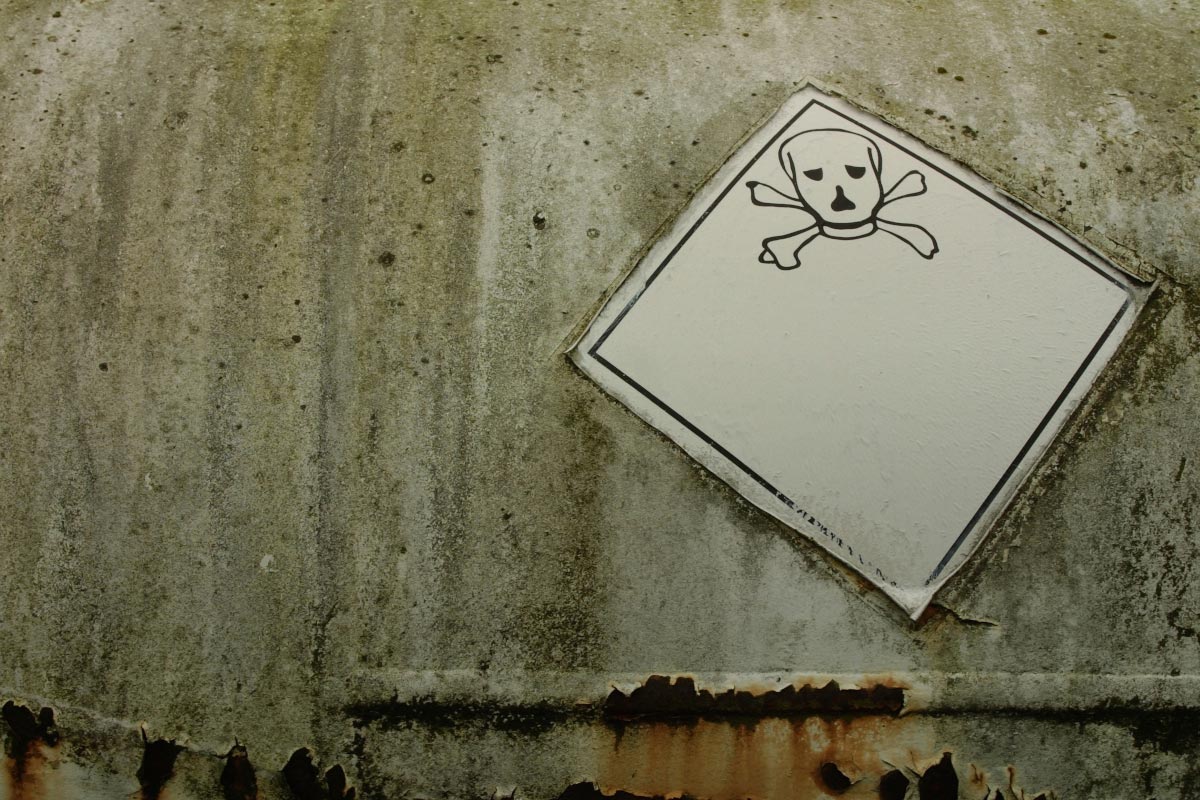Multiple studies confirm exposure to low levels of radiation can cause cancer
11/05/2015 / By Greg White

The World Health Organization (WHO) has confirmed what Fukushima Watch has been reporting for quite some time now — namely, that exposure to low doses of radiation overtime increases the risk of cancer.
The results of the study, published in the prestigious British Medical Journal (BMI), provide “direct evidence about cancer risks after protracted exposures to low-dose ionizing radiation,” said the International Agency for Research on Cancer (IARC), the cancer agency of the World Health Organization.
The findings demonstrate “a significant association between increasing radiation dose and risk of all solid cancers,” the study’s co-author, Dr. Ausrele Kesminiene, told sources.
“No matter whether people are exposed to protracted low doses or to high and acute doses, the observed association between dose and solid cancer risk is similar per unit of radiation dose,” he added.
Nuclear workers around globe at heightened cancer risk
The study evaluated approximately 300,000 nuclear workers in Britain, France and the United States between 1943 and 2005. The average dose to the colon of workers was 21 mGy, a derived unit of ionizing radiation dose in the International System of Units.
Dose to the colon is often used in radiation studies. It allows the results to be compared to previous radiation studies, like atomic bomb survivors, from which most knowledge about the link between cancer and radiation is founded.
Results of the study showed the risk of death from solid cancer was modest and increased by nearly five percent per 100 mGy. Among all the participants, approximately 1 out of 100 died from cancer which originated from radiation exposure in the workplace. Among participants who were exposed to 5 mGy of radiation dose in the workplace, an estimated 2.4 out of 100 people died from radiation exposure.
The findings of the study add further evidence to the causal connection between solid cancer and exposure to low radiation levels. The average lifespan of the participants in the study was 58 years, an age at which the incidence of many diseases is on the rise.
Since the level of doses received by nuclear workers is comparable to those received by patients repeatedly exposed to CT scans or other radiology procedures, IARC researcher Dr. Isabelle Thierry-Chef said the findings are important not only for the protection of workers in the nuclear industry, but for medical staff and the general population, as well.
“This stresses the importance of striking a balance between the risks and the benefits of such medical imaging procedures,” she added.
Results of study cross verified by meta-analysis
This isn’t the first time exposure to low levels of radiation was shown to have an adverse effect on health. Even the lowest levels of radiation are harmful to life, according to a 2012 meta-analysis published in the Philosophical Society’s journal, Biological Reviews.
The meta-analysis included 46 peer-reviewed studies published in the last 40 years. Both plants and animals were reviewed in the study, with the majority being humans. The researchers found that low levels of background radiation had a significant negative impact on DNA and several levels of health.
What is ironic is that this study was published about a year and a half after the Fukushima disaster. A tsunami bombarded the Fukushima Daiichi power plant, which released a plume of radiation into the environment. The Tokyo Electric Power Company (TEPCO), the company in charge of the site, claims radiation hasn’t had an adverse effect in nearby communities despite overwhelmingly massive evidence to the contrary.
To make matters worse, radiation from the Fukushima disaster is now beginning to bombard the West Coast. Although radiation has been diluted by the sea, it will remain in the environment for decades. And as the results of these studies have shown, continuous exposure to modest amounts of radiation would have a noxious accumulative effect overtime.
The lesson to be learned? Claims that “a little radiation never hurt anyone” should be taken with a grain of salt.
Sources:
Submit a correction >>
Tagged Under:
lowradiationlevels, radiationexposure, solidcancer
This article may contain statements that reflect the opinion of the author
RECENT NEWS & ARTICLES
COPYRIGHT © 2017 FUKUSHIMAWATCH.COM
All content posted on this site is protected under Free Speech. FukushimaWatch.com is not responsible for content written by contributing authors. The information on this site is provided for educational and entertainment purposes only. It is not intended as a substitute for professional advice of any kind. FukushimaWatch.com assumes no responsibility for the use or misuse of this material. All trademarks, registered trademarks and service marks mentioned on this site are the property of their respective owners.




















